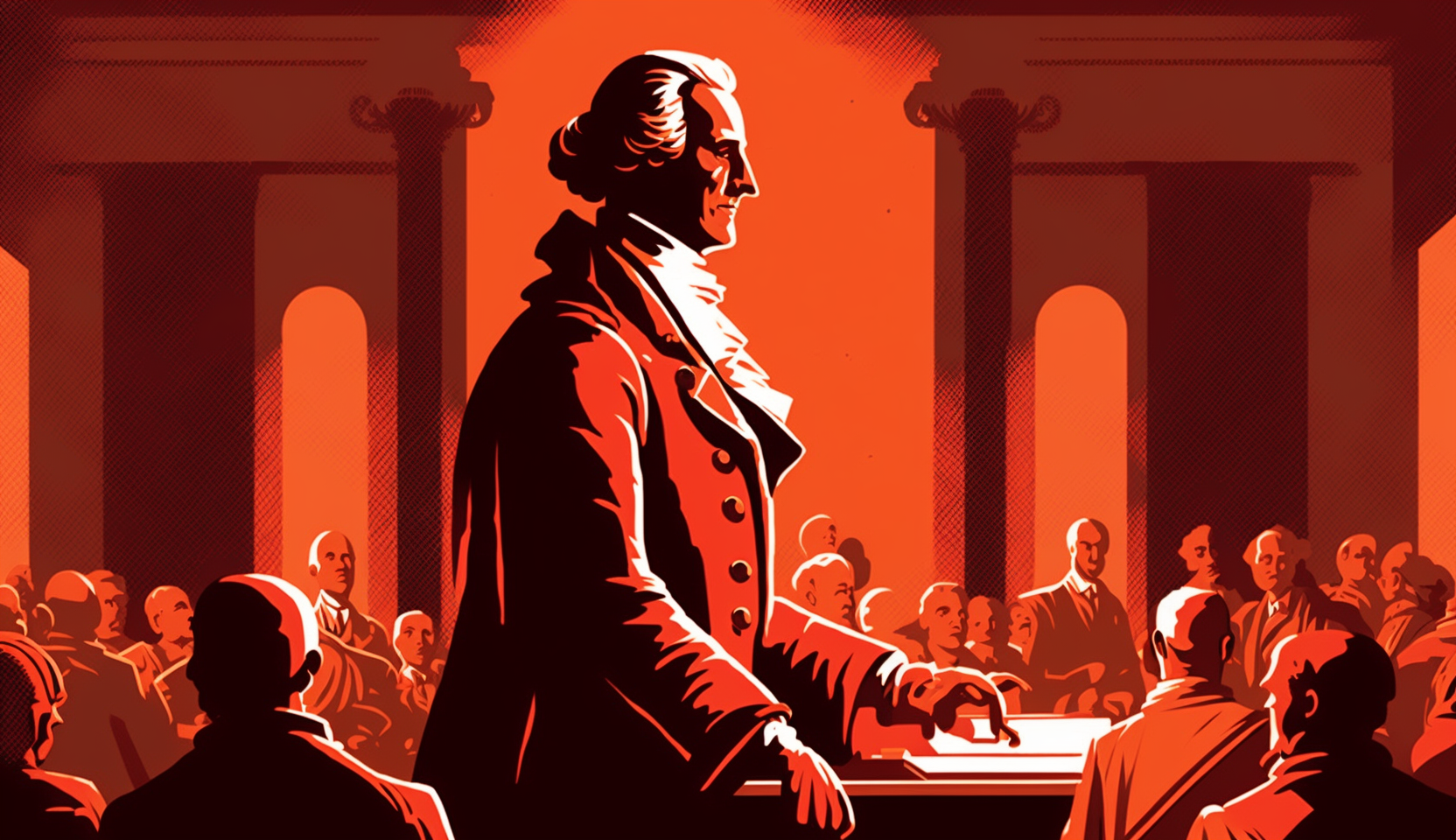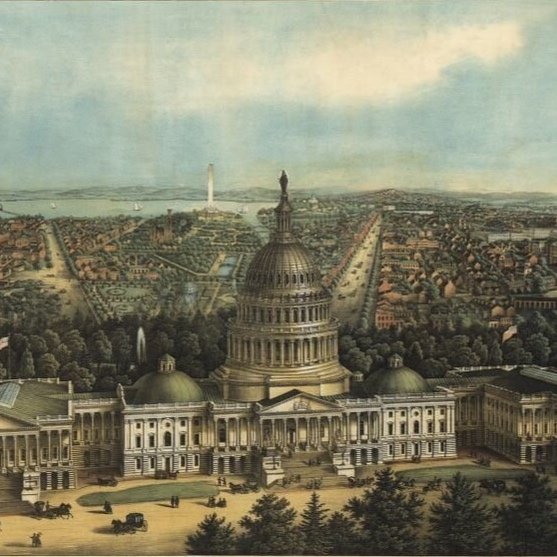
Period 3: 1754-1800
#16 - 3.1 Contextualizing Period 3
The first lecture of this unit explains the context behind the major events of the period. The lecture explains the context in which America gained independence and developed a sense of national identity. The notes packet includes short answer practice and thesis writing practice. The packet also includes a secondary source on the Native perspective during the Revolutionary period.
#17 - 3.2 The Seven Years’ War (French and Indian War)
The second lecture of the unit explains the causes and effects of the Seven Years’ War. The notes packet includes short answer writing practice and two primary sources produced as a result of the war. The first is the Proclamation of 1763 and the second is the Stamp Act.
#18 - 3.3 Taxation Without Representation
This lecture explains how British colonial policies regarding North America led to the Revolutionary War. The notes packet includes short answer writing practice, a primary source on the reaction the Stamp Act, and a secondary source on Americans’ actions during the Revolution.
#19 - 3.4 Philosophical Foundations of the American Revolution
This lecture explains how and why colonial attitudes about government and the individual changed in the years leading up to the American Revolution. The notes packet includes short answer writing questions and a primary source central to the Revolution, the Declaration of Independence.
#20 - 3.5 The American Revolution
This lecture explains how various factors contributed to the American victory in the Revolution. The notes packet includes short answer writing practice, a primary source on the Battles of Lexington and Concord, and a secondary source on The American Revolution.
#21 - 3.6 The Influence of Revolutionary Ideals
This lecture explains the various ways that the American Revolution affected society. The notes packet includes short answer writing practice, three primary sources that provide a view of colonial society, and a secondary source on the legal status of women after the Revolution. The Primary sources include a poem by Phillis Wheatley, an excerpt from Thomas Jefferson’s Notes on the State of Virginia, and a petition by the Pennsylvania Antislavery Society.
#22 - 3.7 The Articles of Confederation
This lecture explains how different forms of government developed and changed as a result of the Revolutionary period. The lecture covers changes in the states as well as in the national government. The notes packet includes short answer practice, excerpts from the Articles of Confederation and a letter from George Washington discussing Shays’ Rebellion.
#23 - 3.8 The Constitutional Convention and Debates Over Ratification
This lecture explains the differing ideological positions on the structure and function of the federal government. It covers the various compromises necessary for the drafting and ratification of the Constitution. The notes packet includes short answer writing practice and a letter by George Washington supporting the ratification of the Constitution.
#24 - 3.9 The Constitution
This lecture explains the continuities and changes in the structure and functions of the government with the ratification of the Constitution. The notes packet includes short answer writing practice and introduction paragraph writing practice.
#25 - 3.10 Shaping a New Republic
This lecture explains how and why competition intensified conflicts among peoples and nations from 1754 to 1800. More specifically it covers the various needs for diplomacy with foreign powers for the United States in its early years while also covering the new precedents in Washington’s two terms as president. The notes packet includes short answer writing practice, an excerpt from Washington’s first Inaugural Address and Alexander Hamilton’s Report on Manufactures.
#26 - 3.11 Developing an American Identity
This lecture explains the continuities and changes in American culture from 1754 to 1800. The notes packet includes short answer writing practice and practice for generating outside evidence in a DBQ. The packet also includes a secondary source titled, “The Social and Intellectual Legacy of the American Revolution.”
#27 - 3.12 Movement in the Early Republic
This lecture explains how and why migration and immigration to and within North America caused competition and conflict. The notes packet includes short answer writing practice, and practice fore generating outside evidence in a DBQ. The notes packet also includes an excerpt from a letter by John Adams expressing his opposition to slavery.
#28 - 3.13 Continuity and Change in Period 3
The final lecture in the unit focuses on the historical thinking skill in the unit, continuity and change. The lecture explains how the American independence movement affected society from 1754 to 1800. The notes packet includes short answer writing practice and a secondary source on the Early Republic.



